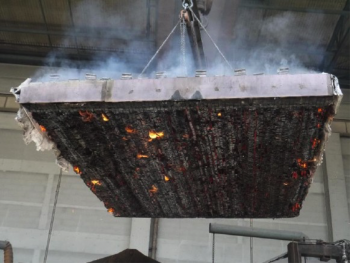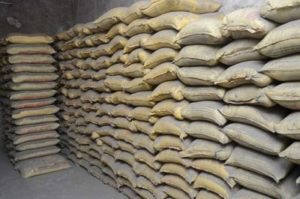
NLT Floor Panels Passed Fire Test
- July 10, 2019
- 0
Nail-Laminated Timber (NLT) floor panels passed a fire resistance test in Beijing in March 2019. The results exceded expectations and will help lead to new applications in mass timber buildings and advancement in China’s fire code.
Canada Wood China (CW China) commissioned the Beijing Fire Test Center of the China Academy of Building Research (CABR) to conduct the test. The fire resistance test evaluated the duration for which NLT panels can be exposed to fire and maintain its structural integrity.
One NLT panel with a thickness of 140 millimeters (made with 2×6 SPF) achieved a two-hour fire resistance rating. Another NLT panel that was 184 millimeters thick (made with 2×8 SPF) achieved a fire resistance rating of three hours. Both panels were sheathed with oriented strand board (OSB) measuring 11 millimeters in thickness and 80 millimeters of concrete topping, as well as enclosed by fire-resistance gypsum board. The tested panel’s design followed the building practice in real life.
Did you know: Fire & Sound consideration for NLT
NLT typically has small gaps between laminations, which can create ‘leakage’ paths through which sound and fire can travel. Plywood/OSB and/ or a concrete topping over NLT can address sound leakage and fire penetration by limiting the passage of air flow.
Both test results exceeded China’s national fire code GB50016-2014, which requires floor panels to exceed 0.75 hours and roof assembly to surpass 0.5 hours.
Though NLT has not been included as roof and floor applications in China, the test demonstrated that exposed NLT can be used for roof applications in wood construction and can be used as floor panels if protected by fire-resistance dry wall in the nation. Exposed NLT floor panels can be used in some special designs.































































